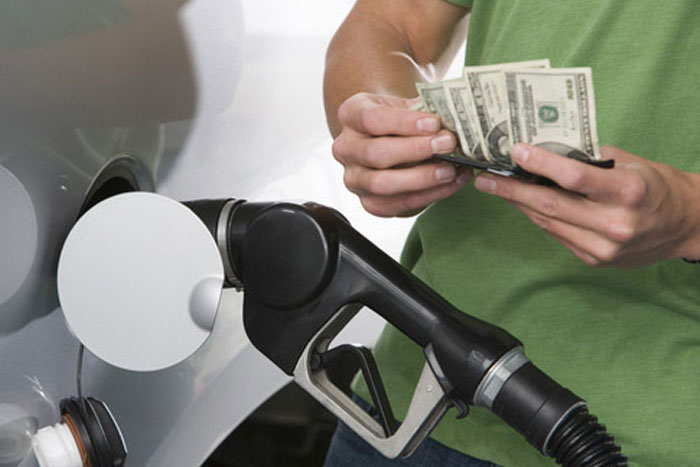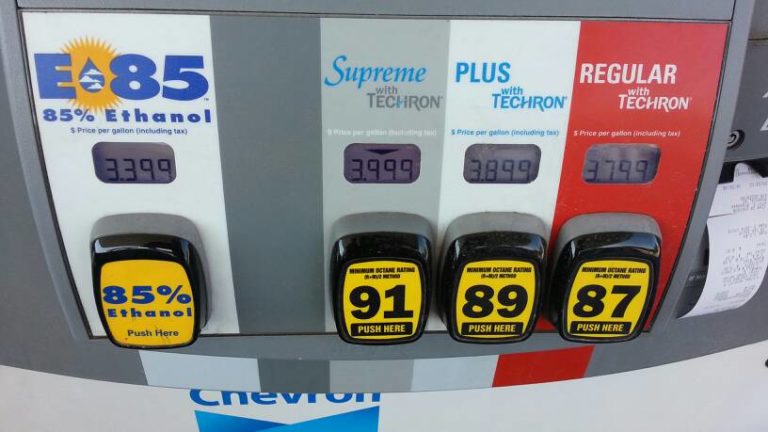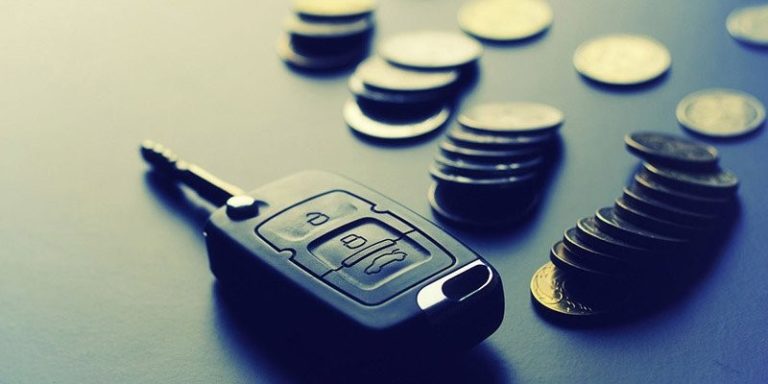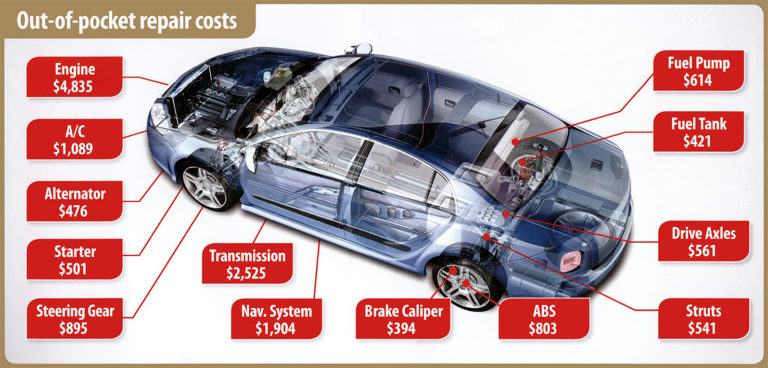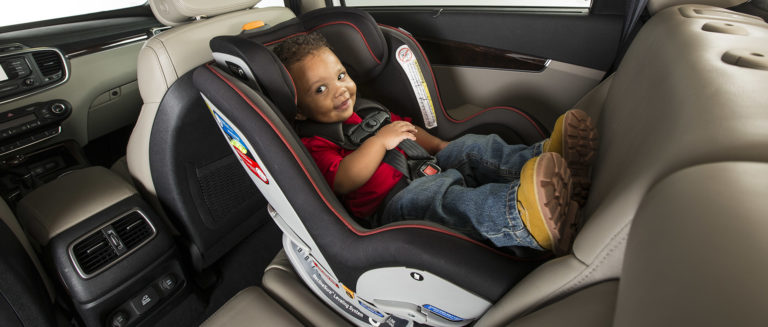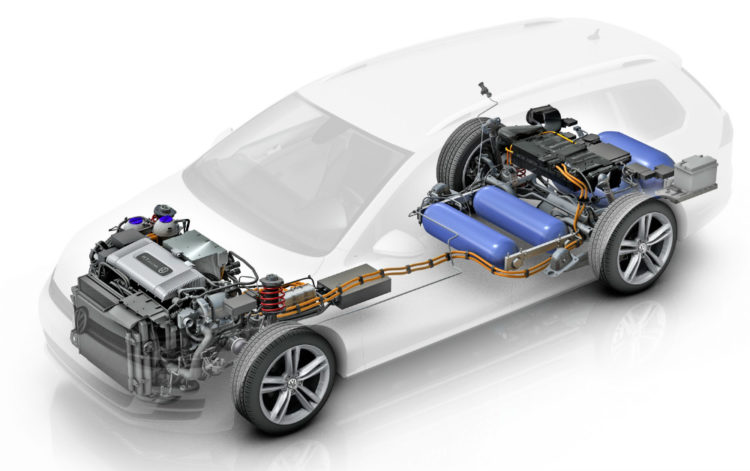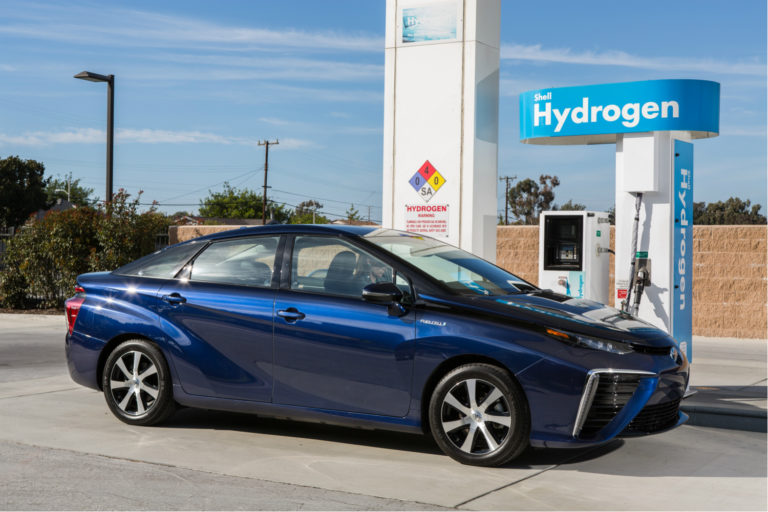What to Know When Buying a Car
The most important thing to know when shopping for a car is what you’re looking for. Buy a vehicle that will suit the driver’s needs and be appropriate for its required uses.
Safety Features
Safety features are important options, and many now come standard. Look for anti-lock brakes (ABS), airbags, side airbags (on the lower part of the side of the car) or curtain airbags (on the top part of the side of the car), shatter-proof glass and all-season tires.
For SUVs, also look for stability control and anti-roll control that will offer added protection against roll-overs. Another feature to look for in SUVs and trucks with manual transmissions is the hill-start assist. This helps prevent the vehicle from rolling backward until the clutch is released fully. Similarly, hill descent will offer better control when traveling downhill. This is especially important in vehicles that will be used for towing.
Cost of the Car
Before going to the dealership, get pre-approved to know the budget and available credit. Also, know the price range of each car in the running, and if there any markups for special models, limited editions or high-demand models.
When figuring out how much the car will cost, consider expenses that may not show on the price sticker: fuel costs, service expenses, changes in insurance rates. Talk to the service department to get an idea of how much typical services cost: new tires, oil changes, brake jobs, etc. Find out what kind of oil and other fluids the car takes and what preventative maintenance is recommended. These will all add to the cost of the vehicle, and they should be taken into consideration when calculating monthly expenditure.
After deciding on a price range and budget, review newspaper ads and websites for special offers and financing deals on particular cars. Choose between buying and leasing and for how long a term financing will be required. Then decide which dealerships to visit.
The Dealership
Get to know a dealership before making a purchase. Learn about its reputation, if others have had problems with it in the past. Talk to others who have bought at that dealership. Talk to the general manager and the service manager. How do they treat their customers? Are they reputable? Trustworthy?
A dealership should do its best to make customers comfortable. If a sales associates is not a good fit, ask to speak to someone else. The customers are the ones spending thousands of dollars, and an uncomfortable experience will not help anyone.
Test Drives
If possible, try a car that has the exact specifications desired. This offers a true representation of how the car will drive.
While in the car, take the time to play with the gadgets. Pay attention to the sounds the car makes. Will that pinging get annoying in a week? Is the car too loud?
Get a feel for how the car will handle under normal driving conditions. If a normal commute consists of highway driving, take the car on the highway. If it’s destined to stay local, drive downtown roads. Try the car on less-than-ideal conditions, such as cracked roads and construction areas. See how it handles overall, how it accelerates and if it feels comfortable.
If the allotted time does not give a good idea of how the car drives, ask for a longer test drive. Some dealerships will even let consumers borrow the car for a day or two so they can drive on their normal routes as they normally would. If this is not possible, look for dealers or agencies that offer the same car as a rental.
Other Tips
Listen to sales associates. Many associates are knowledgeable and can offer information about comparable cars, how a particular car fares overall and specifics on the car itself. Talk to them about other cars that are in the running to get an idea of how they compare.
Watch out for first year models. High demand may cause prices to skyrocket, and there are often limited options. In addition, there may be bugs or kinks that haven’t been worked out yet. Wait until the second or third year, or until the car is used, to purchase that model.
The best time to buy is at the very end or beginning of a calendar year, or even at the end or beginning of a month. This is the time when dealerships are trying to meet quotas or set a trend. There will often be more associates available to help, and they will be more willing to negotiate price and trade-ins.
Some prices may be negotiable, but be reasonable. Back up offers with facts. This applies to the amount given for trade-ins as well. With trade-ins, consider the actual condition of the vehicle and how much it would actually be worth, not how much you want to get for it.
Get educated before shopping for a vehicle. Knowing what to look for and what to expect will ensure the right choice is made.



